Mirrorless compatible SUPER ANGULON R 21mm F3.4
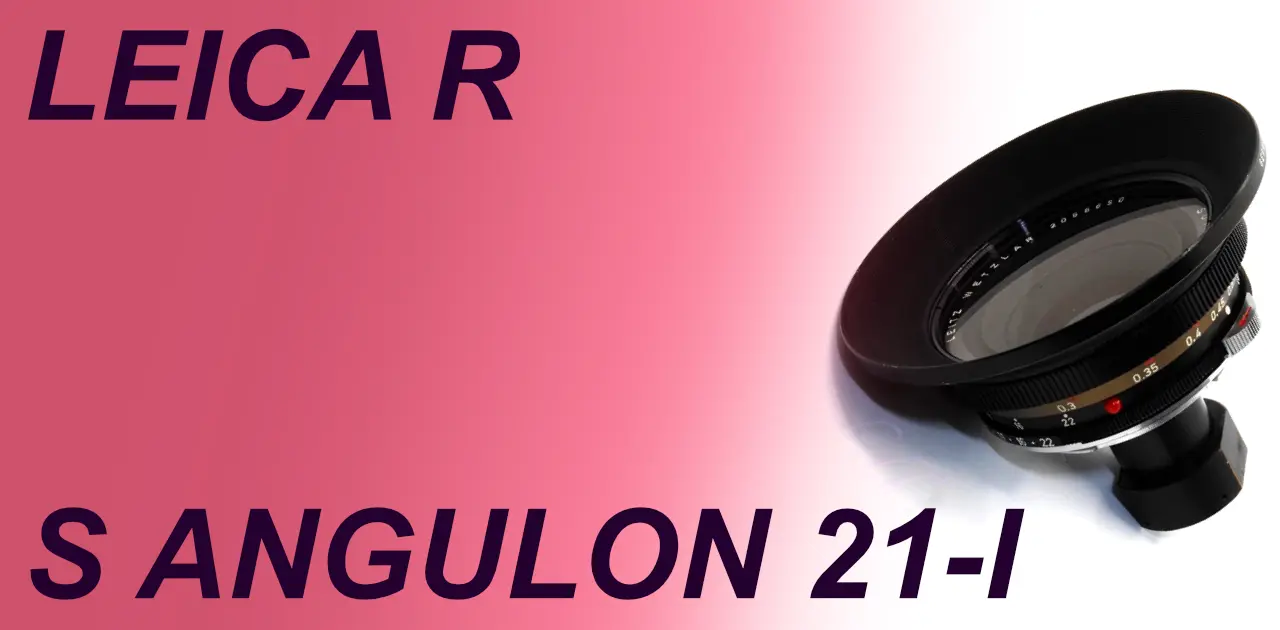
A review and photo examples using the Leica Super-Angulon 21mm F3.4 with a mirrorless camera.
Table of contents
Gallery
- Photo example (with HASSELBLAD X2D)
Review
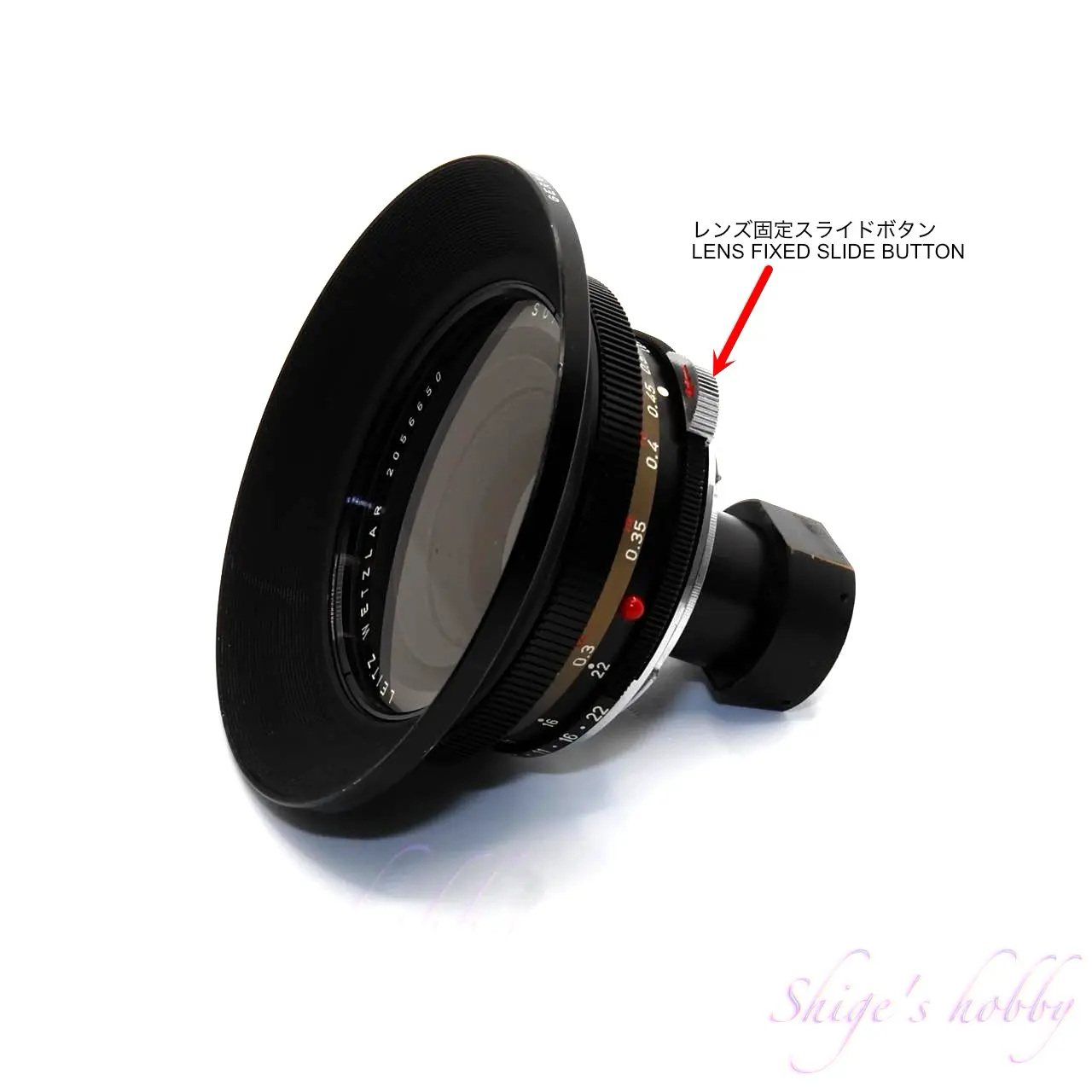
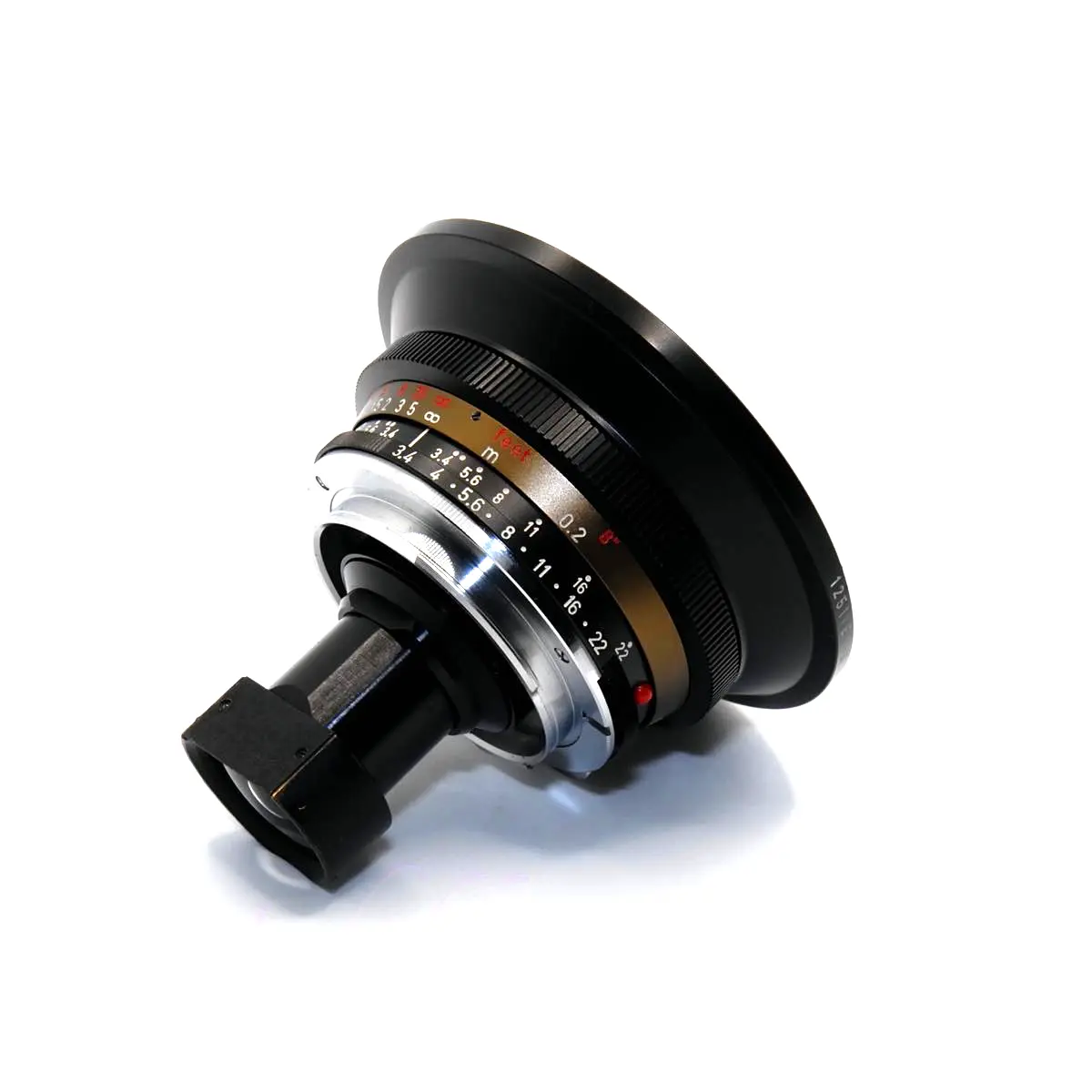
1.Overview
The Leica R mount Super Angulon R 21mm F3.4 is a wide-angle lens of which 1530 units were produced between 1964 and 1968.
The F3.4 version was released for the Leica SL film camera, but when using it with a Leica SL film camera, it is a troublesome lens that requires the mirror to be raised in order to avoid the rear lens interfering with the camera mirror.
However, mirrorless cameras, as the name suggests, do not have a mirror, so there is no interference with the protrusion of the rear lens. Therefore, it can be treated in the same way as a normal lens. Therefore, the title is “Mirrorless compatible S ANGULON R 21”.
The minimum shooting distance is 0.2m, and the rotation angle from infinity to the minimum shooting distance is about 350 degrees, which is almost a full circle.
The operation parts of the lens barrel are the aperture ring at the base of the lens, and the focus ring at the front of the lens. The lens barrel is thin and has a tight layout, but there are appropriate steps so that it is impossible to operate it incorrectly.
The lens fixing method is also elaborate; the lens stopper part is aligned in advance, attached to the mount, and the lens is fixed by rotating the silver sliding part shown in the photo.
The aperture blades are the traditional four-blade Super-Angulon.
There are two types of Super-Angulon R lenses. The F3.4 version is a symmetrical lens following the M-mount model, with the rear lens protruding significantly toward the mount. The F4 version has a retrofocus lens structure and can be used with general SLR cameras.
Both lenses are designed by Schneider of Germany.
When mounting the Leica R-mount Super-Angulon R 21mm F3.4 to a camera, it is necessary to make sure that there is a reasonable amount of space on the side wall of the sensor installation area. In the case of small sensors such as APS-C size sensors and Micro Four Thirds sensors, the protruding rear lens may interfere with the side wall. It is thought that there will be almost no problem with 35mm full-frame sensors, but it is still worth checking.
2.Usability
The Leica R-mount Super-Angulon R 21mm F3.4 is a lens released for SLR cameras because the rear lens is very close to the film surface, but in the days of SLR cameras, there were very few cameras that could use it, so it was a worthless lens. However, 60 years after its release, mirrorless cameras have reached their peak, and it feels like the times have caught up with this lens.
When attached to the mirrorless camera HASSELBLAD X2D-100c, it looks like the left image below.
Because the HASSELBLAD X2D uses a medium-format digital sensor, there is plenty of space in front of the sensor, so there are few issues with attaching lenses with protruding rear lenses such as the Super-Angulon.
The right image below shows the latest Leica L-mount adapter attached, and L-mounts can also be attached without any problems as long as they have full-size sensors. However, it cannot be used with the LEICA T typ601, which has an APS-C size sensor, as the side wall of the sensor interferes with the rear lens.
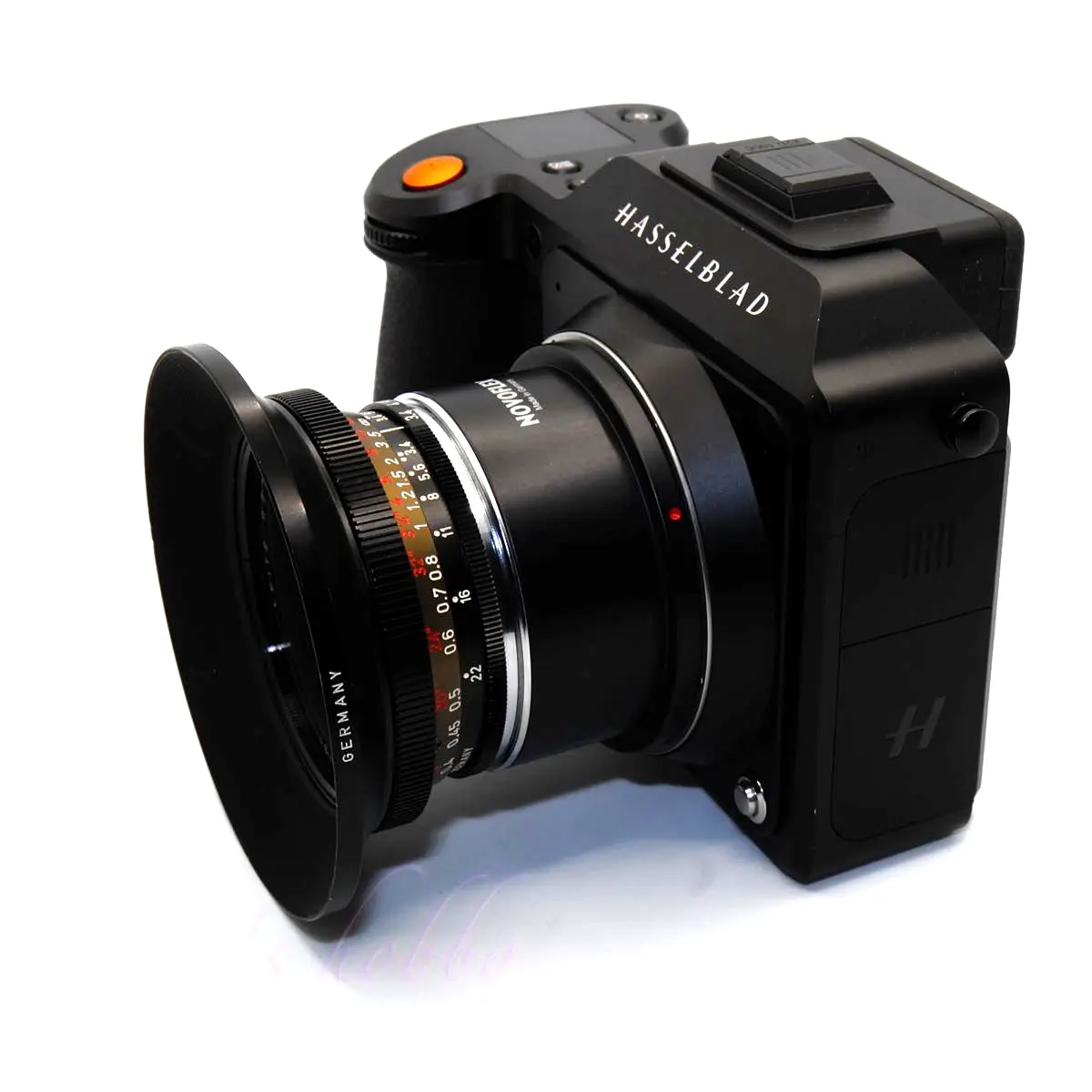
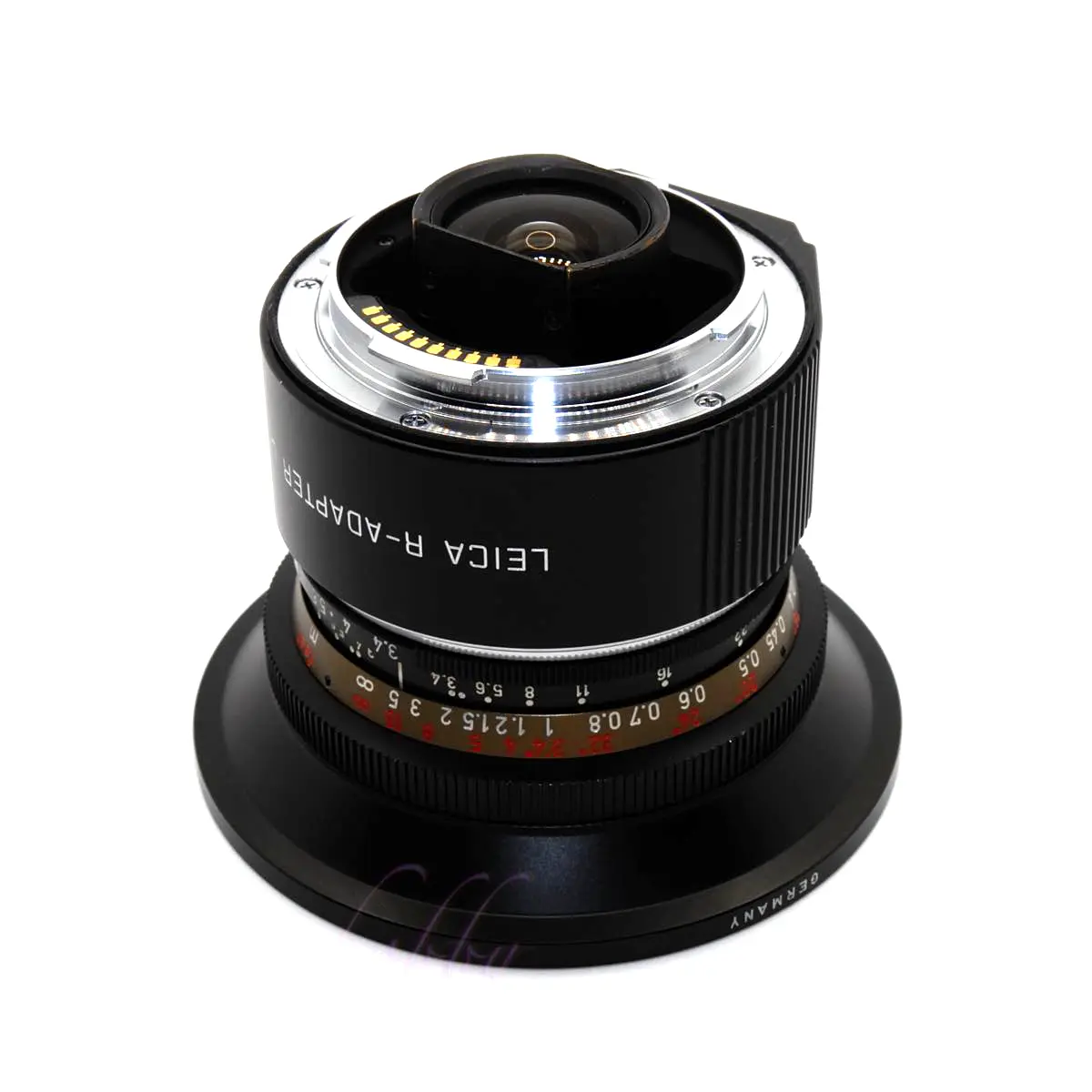
When using the Super-Angulon R 21mm F3.4 with the HASSELBLAD X2D, the image circle is not large enough, but there is no peripheral color cast, which is noticeable with some 35mm full-frame sensors.
When analyzing the usable part of the actual captured image, the usable range is on the framed side of the diagram below.
82% of the 44mm wide sensor is usable, which just about covers a width of 36mm.
There is no problem using it with a 35mm lens.
If you use a sensor that does not have peripheral color cast, you can enjoy the distortion-free depiction of a symmetrical lens.
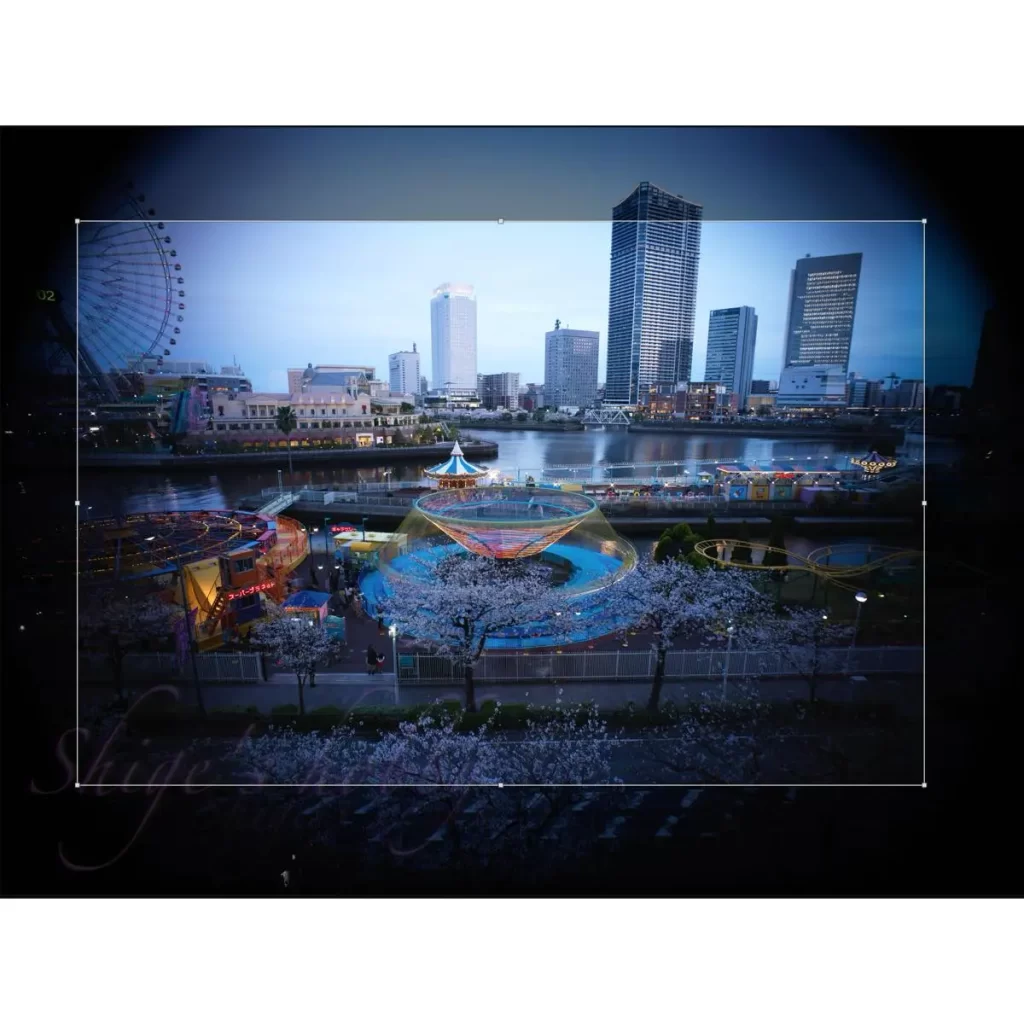
3.Summary
In conclusion, to sum up the Super-Angulon R 21mm F3.4, since the rear lens is close to the sensor surface, some cameras may produce color casts on the periphery of the image, so it is only suitable for monochrome. However, if your camera is equipped with a sensor that is less likely to produce color casts, the distortion-free depiction produced by the symmetrical lens structure is very desirable for landscape photography.
Specification
The market price of the F3.4 version, which has such quirks, varies greatly, and depending on the store, you can buy it for a price that is hard to believe for a Leica wide-angle lens.
Wide-angle lenses with symmetrical optical systems with protruding rear elements, such as the F3.4 version, are unpopular because when used with some 35mm full-frame sensors, not only do they suffer from vignetting, but also from color casts on the periphery.
| Item | F3.4 Ver. | F4 ver | VARIO ELMAR |
| focal length(mm) | 21 | 21 | 21-35 |
| Maximum aperture | 3.4 | 4 | 3.5-4 |
| Minimum aperture | 22 | 22 | 22 |
| Lens configuration | 8elements in 4groups | 10elements in 8groups | 9elements in 8groups |
| Leaf blade | 4 | 4 | 6 |
| Minimum distance(m) | 0.2 | 0.2 | 0.5 |
| Lens length(mm) | 19 | 43.5 | 66.3 |
| Lens max diameter(mm) | 70 | 78 | 75 |
| Filter diameter(mm) | Series 8 | E72 or Series 8.5 | 67 |
| Weight(g) | 228 | 420 | 500 |
| Lens Hood | 14170W | 12506 14145(Forent Cap) | 12438 |
| Production numbers | 1,530- | 10,850- | 3,400 |
| Release date | 1964-1968 | 1971-1983 | 2001- |
Reference links
- All about the R-type Leica / Author: Shinichi Nakamura / Edited by Asahi Sonorama Ads by Amazon
- SuperAnglon 21mm F3.4 Leica wiki
Update history
- 2025.6.22
- 2025.3.10
- 2024.02.25
- 2023.03.30
Affiliate links
- Leica Lens・Ads by Amazon
- Leica Books・Ads by Amazon
- LEICA R used lens・Ads by Rakuten

Leave a Reply